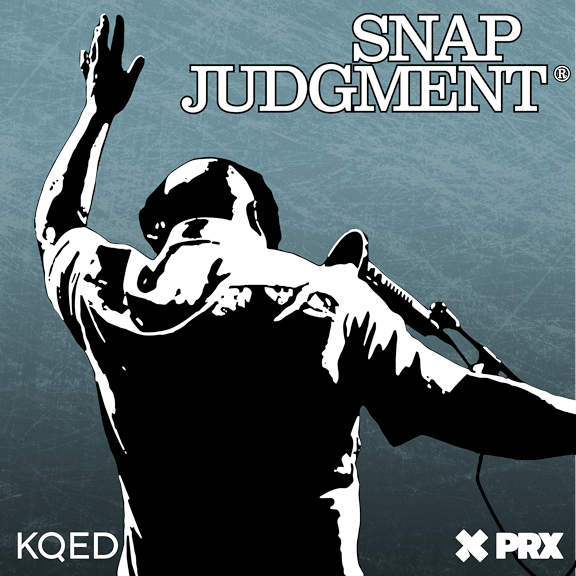
On the 101st anniversary Gabriele and Nick explore the site of the Wounded Knee Massacre and the adjacent landscape –– the sacred Black Hills of the Lakota –– seeking to find acceptance and support for the tipi memorial they had erected.
In their exploration of the Black Hills, they happen upon the Crazy Horse Memorial. At the 1939 New York World's Fair, a Polish American sculptor named Korczak Ziolkowski, had won first prize. The resulting fame, as well as his familiarity with the Black Hills, prompted a few Lakota Chiefs to petition the sculptor to create a monument to their renowned hero Crazy Horse.
What will be the world's largest monument will also be one of the world's slowest to build. Korczak knew when he started chiseling away at the mountain that it would take at least three generations to complete. When he died in 1982, his family, headed by his wife Ruth and oldest daughter Dawn, carried on with the project. N & G are befriended by Dawn and her partner Jay. They find kinship in devotion and intent of each of their missions, and, of course in the incongruity of being white people dedicated to honoring the Lakota.
N & G examine the history in the carving of the three largest memorial sculptures in America -- Mount Rushmore, Crazy Horse Memorial, and the Confederate Memorial Carving at Stone Mountain outside of Atlanta.
When Gutzon Borglum was hired as sculptor for Mount Rushmore it was through his fame in what today is the largest high relief sculpture in the world. He was the original sculptor of this ode to the Confederacy that was initiated by the United Daughters of the Confederacy and funded by the Ku Klux Klan. Throughout his work on Stone Mountain, from 1915 until 1923, Borglum was intensely involved in Klan politics related to Stone Mountain, and on a national scale as well. In 1924 he accepted the offer to be the sculptor of Rushmore, and it was his vision that turned it into what it is today. Amazingly, the original design of Rushmore was to include depictions of Native Americans before it was transformed into what Borglum envisioned, “an unambiguous symbol of male manifest destiny.”
Nick, Gabriele, Dawn and Jay discussed the principle of Seventh Generation, which is based on an ancient Iroquois philosophy, where our actions should not be judged by their immediate effect on the world, but by their effect on seven generations in the future.
How will Mount Rushmore, Crazy Horse Memorial, and the Confederate Memorial Carving be viewed by the Seventh Generation?
And what does it mean for the Tipi on The Hill when the offer to gift the memorial to the Lakota is rejected by Leola One Feather?
#conceptualart #guerrillaart #homelessencampment #homeless #nychistory #1990s #activism #woundedknee #pineridge #memorials #gravesites #wovoka #ghostdance #ghostshirt #leolaonefeather
For extensive documentation and to purchase the book, "The Hill": thievestheatre.org
Contact Nick and Gabriele: podcast@thievestheatre.org
@tipionthehill
An Untamed Network Original Podcast: www.untamedriver.com
Podcast Management: bfisher@untamedriver.com
Ad sales: lwestbrook@untamedriver.com
Support this podcast at — https://redcircle.com/the-hill/donations




















